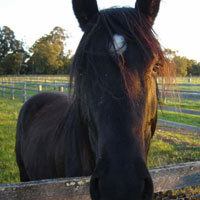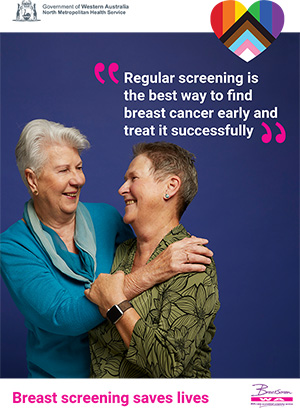
Sylvana Miller has an ongoing love affair with horses. This is her story about the rescue and domestication of two jet black colts from destruction on an outback station.
Most Australians have a grandparent, great-grandparent or some other ancestor who served in one of the wars at the turn of the century. The Light Horse Brigade became an iconic symbol of the ANZAC forces, serving in the Second Boer War and World War One. When the forces returned home after the war, their equine companions were typically left to their own devices, to die or survive, in the countries they fought in. With the advanced weaponry of today’s world, horses are no longer called on to serve in war, and many have forgotten the bloodlines and breeding stock that are an important part of Australia’s history.
The breeding stock used to create the horse of the Light Horse Brigades remained in Australia to roam the outback on stations. That is, until drought or hard times come and stations are bought up by the government to be returned to pristine Australian bush, which means removing non native animals. When this happens, many station owners simply cull the horses.
Thanks, however, to the efforts of equine conservationists, many of these station horses have been rescued, as station owners have been convinced to allow the capture and relocation of this unique collection of equine stock for ongoing breeding purposes and the preservation of Australia’s wild horse heritage.
Some of the bloodlines date back more than seventy years to the horses that were used to provide mounts for World War I, the police force and the people of the area. These bloodlines have produced incredibly hardy horses capable of living under harsh conditions. With the initial careful breeding and the subsequent natural selection, these herds comprise some of Australia’s toughest, most resilient and most athletic horses.
I was first drawn into working with these amazing heritage horses in 2005 when I spent a month training some heritage/waler horses from Earaheedy station. We chose to train the horses naturally without breaking their spirits as we introduced them to domestic lifestyles. We worked with them to halter start them, trim their feet, groom them and eventually ride them. All the heritage horses have amazing temperaments, and most of the young stock have now matured to 16.3 – 17 hands. Many of them have gone on to show jumping homes and working farms, while some of the older mares have continued on producing the next generations of these horses.
I decided to get involved again in 2006 when I was drawn to two jet black colts from a station in the central outback. The horses had to be moved as the station was being leased by a mining company, who found the horses a traffic hazard and believed their only option was to cull.
The colts were skinny from the drought, covered in cuts and bite marks and full of worms. However, both had a uniqueness and spark about them and I decided to bring both the colts home to my farm in Serpentine. It has since been a slow process, involving a lot of patience and persistence, working with these two colts.
Both these colts (now named Spirit and Barringa) were slow to accept the change to domestic life, and we used flower essences and natural training to help them with the adjustment. Spirit and Barringa learned quickly that we provided them with food and water (and it was an interesting process of getting a wild horse to eat a carrot), which gave us a platform to interact with the horses and slowly integrate them into a herd of domestic geldings. Today, both are able to be caught, lead, brushed, wormed and handled. The next adventure is riding them and working with them to promote the heritage horses of WA.
There is now a group of enthusiasts who have come together on other heritage horse rescues in Western Australia. We all have a passion for the horses and their place in Australian history. If you would like to keep up to date with the progress of heritage horses of Western Australia, or sponsor or donate to the projects that are under way please visit www.wildhorses-wa.com – and remember you don’t have to be a horse person to help preserve some of Australia’s history.
Sylvana Miller of All Creatures Healing (www.allcreatureshealing.com) is a certified Bowen therapist who has also trained in a range of other natural therapies and takes a holistic approach to animal healing. If you have any questions you would like answered in relation to natural therapies and training for your animals, please send an email to creatures@www.outinperth.com.





